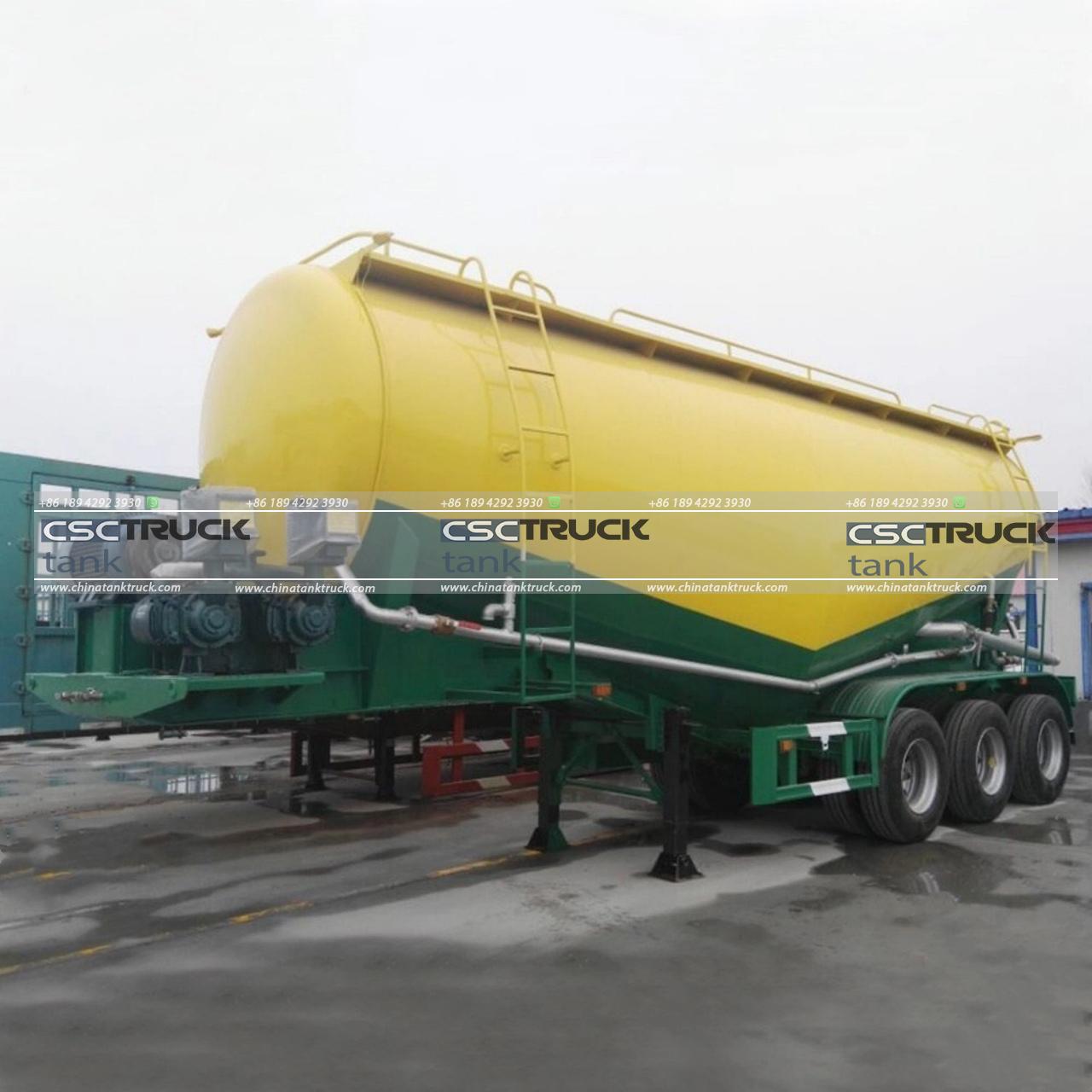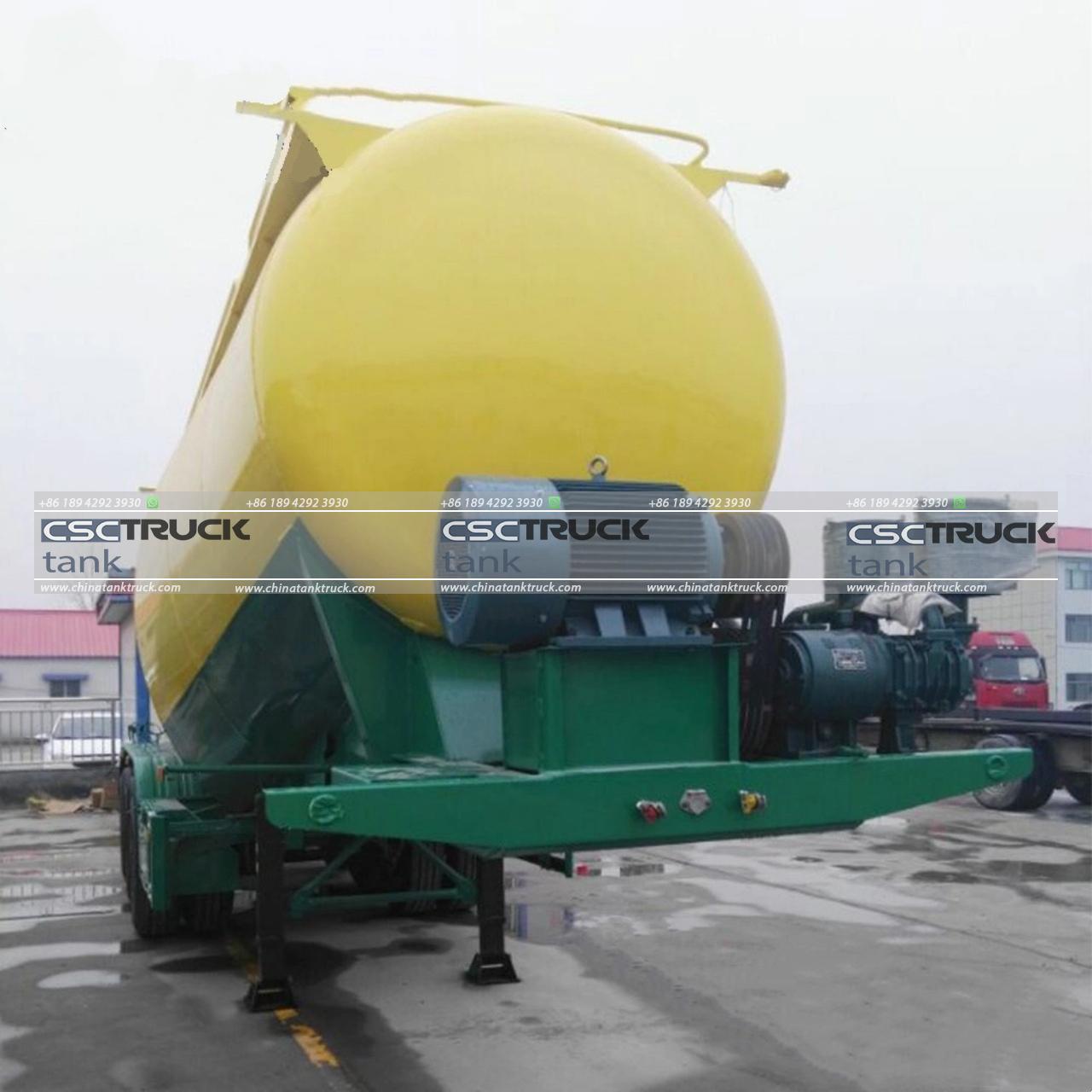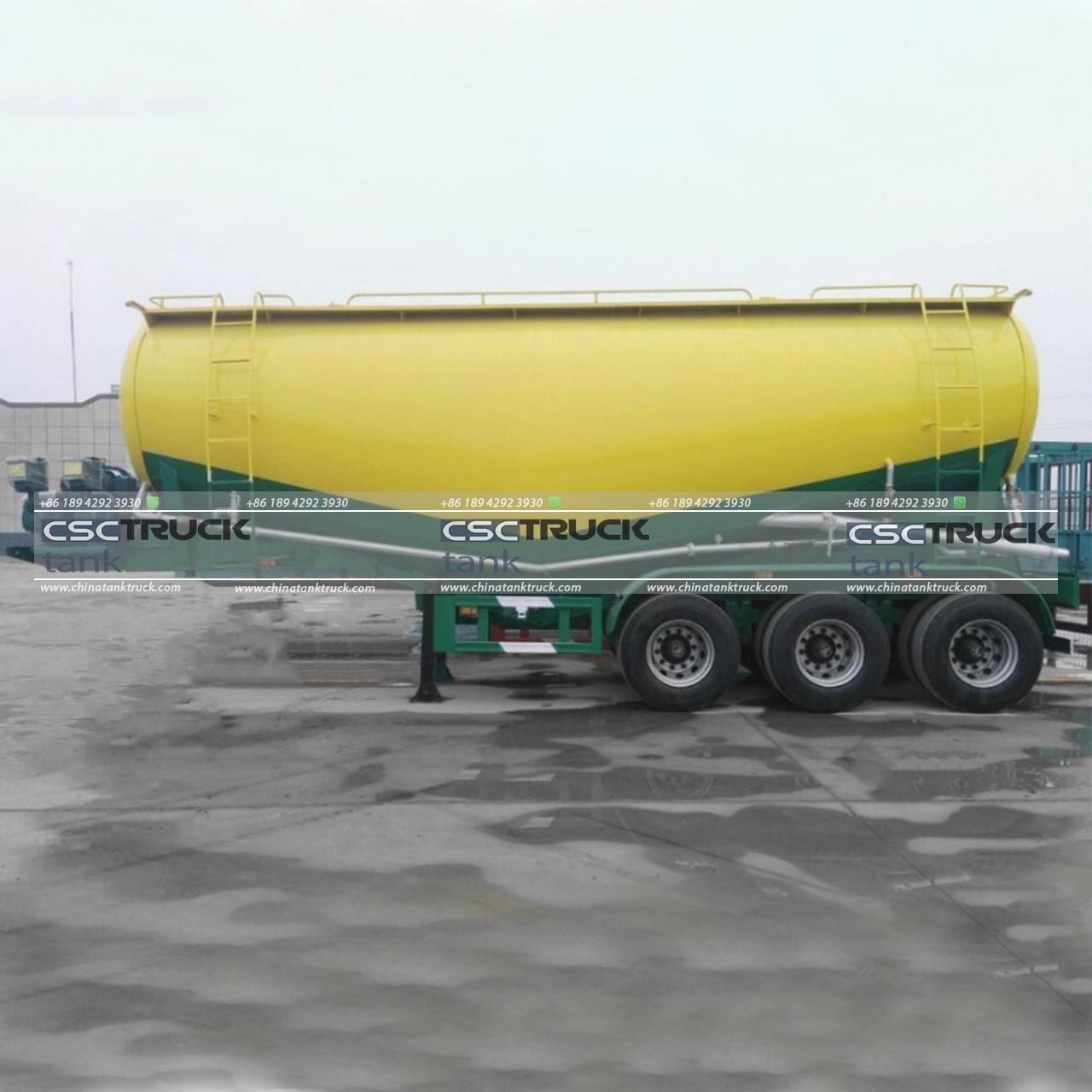Is a Pneumatic Trailer Considered a Tanker?
Pneumatic trailers and tankers are both essential in the logistics and transport industry, particularly when dealing with bulk materials. However, there’s often confusion about whether a pneumatic trailer qualifies as a tanker. To answer this question thoroughly, we must first understand what pneumatic trailers and tankers are, their purposes, differences in design, and regulatory classifications.
Pneumatic Trailers: Overview and Purpose
A pneumatic trailer also referred to as a pneumatic tanker, is a specialized vehicle designed to transport dry bulk materials. The trailer is equipped with a system that utilizes compressed air to pneumatically (or by air pressure) unload cargo. This system makes it possible to handle materials such as cement, lime, flour, sand, plastic pellets, and other powders or granules.
The key component of a pneumatic trailer is its ability to pressurize and unload without the need for external mechanical systems such as conveyors or augers. The entire system works through pressure differentials. The trailer’s internal pressure is raised by compressed air, which pushes the material toward the outlet, allowing gravity and air to work together to move the cargo.

Tankers: General Definition
Tankers, in the broadest sense, are vehicles designed to carry liquids or gases. In the transport industry, the term “tanker” often conjures images of large cylindrical trailers used to haul fuel, chemicals, milk, water, or other liquid substances. These trailers have a sealed system that ensures the liquid inside is safely contained and protected from contamination or leakage during transport.
Tankers come in various forms, depending on the type of material being transported:
1. Fuel Tankers – Used to transport gasoline, diesel, and aviation fuel.
2. Chemical Tankers – Designed for corrosive or hazardous chemicals, with specialized materials and coatings.
3. Milk Tankers – Designed for transporting perishable food products like milk in sanitary conditions.
4. LPG (Liquid Petroleum Gas) Tankers – Built to carry gases under pressure, such as propane or butane.
Understanding the Confusion: Is a Pneumatic Trailer a Tanker?
At first glance, the confusion about whether a pneumatic trailer is a tanker stems from terminology overlap and similarities in design. Pneumatic trailers often look cylindrical, similar to liquid tankers. Both are used in bulk transport, and both are sealed systems. However, there are crucial differences that separate pneumatic trailers from conventional tankers.
Here’s a breakdown of why pneumatic trailers are not traditionally considered tankers:
1. Material Type: The fundamental difference between a pneumatic trailer and a conventional tanker lies in the type of material they transport. Pneumatic trailers are designed to haul dry bulk materials, while tankers are generally associated with liquids or gases. The method of loading and unloading these materials differs considerably. Tankers rely on pumping systems for liquid transfer, whereas pneumatic trailers use compressed air to displace and discharge dry materials.
2. Unloading Mechanism: A pneumatic trailer uses air pressure to push out its cargo, while tankers typically rely on gravity or pumping to unload liquids. For dry materials like powders, the pneumatic system is essential because it prevents clogging and ensures that every last bit of material can be safely and efficiently unloaded.
3. Internal Design: Pneumatic trailers are designed with hoppers or compartments that funnel dry materials toward the unloading ports. They have specialized filters and valves to handle the pressurization process. Conversely, tankers for liquids have smooth interiors and are built to maintain the integrity of the liquid state, preventing spills or sloshing.
4. Pressurization: While both pneumatic trailers and some tankers can be pressurized, they serve different functions. The pressurization in a pneumatic trailer is used to create airflow that moves the dry bulk material through hoses or pipes. In contrast, pressurization in a liquid tanker is often used to contain gases in their liquid state or to prevent vaporization.

Regulatory and Legal Definitions
From a legal standpoint, how a vehicle is classified plays a critical role in determining the safety regulations and standards it must follow. The Department of Transportation (DOT) and other regulatory bodies distinguish between tankers and pneumatic trailers based on their cargo and design.
– Hazardous Material Regulations (HMR): Tankers, especially those carrying hazardous liquids, must meet strict guidelines for containment, emergency response, and spill prevention. These guidelines extend to the construction of the tanker, including requirements for thicker steel, reinforced seals, and additional safety measures to prevent leaks in case of a crash or rollover. Pneumatic trailers may also need to comply with certain HMR standards if they carry materials deemed hazardous, but they do not require the same level of containment measures as liquid or gas tankers.
– Weight and Size Restrictions: Both pneumatic trailers and tankers must comply with federal weight limits for road transport. However, because dry bulk materials are often less dense than liquids, pneumatic trailers typically carry less weight in the same volumetric space as a tanker.
– Cargo Classification: In terms of cargo classification, regulatory authorities typically separate dry bulk materials from liquids or gases, placing pneumatic trailers in a different category from tankers. This distinction means different insurance classifications, licensing requirements, and operational guidelines for drivers.
Industry Usage and Nomenclature
In the transport industry, operators, drivers, and shippers make a clear distinction between pneumatic trailers and liquid tankers. A company specializing in liquid transport will refer to its fleet as tankers, while a company moving bulk dry goods may refer to its fleet as pneumatic trailers or hoppers. This terminology helps streamline operations and ensures that drivers with the appropriate certifications and training are handling the right type of cargo.
However, despite these distinctions, you may still encounter the term “pneumatic tanker” used informally. This term highlights the trailer’s ability to contain and transport bulk materials, similar to a liquid tanker’s function, albeit with different mechanisms and materials.

Conclusion
So, is a pneumatic trailer considered a tanker? Technically, no. A pneumatic trailer is a specialized vehicle designed for transporting dry bulk materials, utilizing compressed air to unload its cargo, while a tanker is generally a vehicle designed for the transportation of liquids or gases.
The confusion arises because both vehicles serve similar functions in bulk transport and share visual similarities, such as a cylindrical shape. However, the differences in cargo type, unloading mechanisms, internal design, and regulatory classification clearly distinguish pneumatic trailers from tankers.
In summary, while a pneumatic trailer may colloquially be called a “pneumatic tanker,” it does not meet the standard definition of a tanker in the transport industry. Understanding these distinctions is critical for ensuring proper vehicle usage, regulatory compliance, and safe handling of bulk materials in logistics operations.

